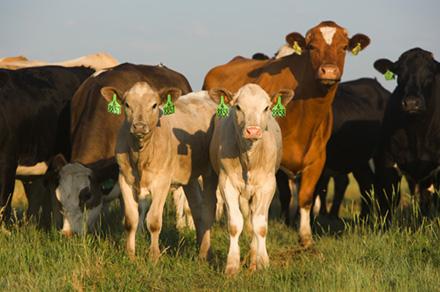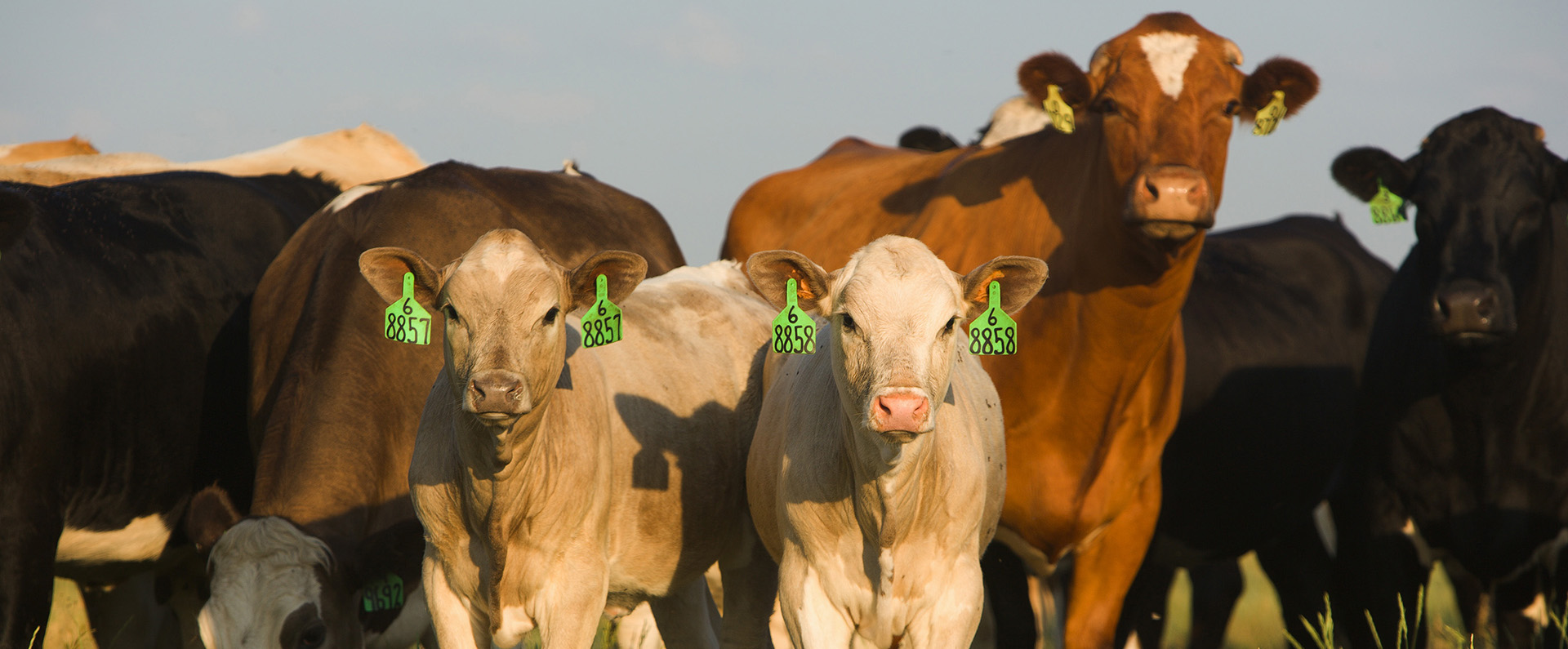USMARC: Where Animal Science and Solutions Converge

The U.S. Meat Animal Research Center (USMARC) in Clay Center, NE, is tasked with providing scientific information and new technologies that can be brought to bear on high-priority problems affecting the Nation’s beef, sheep, and swine industries.
Multidisciplinary teams carry out these tasks within and across four research units: Genetics, Breeding, and Animal Health; Nutrition and Environmental Management; Reproduction; and Meat Safety and Quality. Much of their research is done in collaboration with Federal, State, university, and international partners. The multidisciplinary, multi-organizational nature of the Center’s work is directly reflective of the often complex, interconnected, and overlapping nature of the problems being investigated—from curbing greenhouse gases emitted by livestock and their wastes to improved production systems and slaughterhouse protocols for reducing bacterial contamination of beef and ensuring consumer safety.
USMARC’s many accomplishments include development of genotyping methods to expedite cattle and swine breeding with desirable traits (like meat tenderness), identification of the Mannheimia haemolytica bacterial strain that causes bovine respiratory disease in cattle, development of imaging- and behavior-analysis methods to warn of disease onset in swine and automate weighing, and markers associated with resistance to ovine progressive pneumonia in sheep. USMARC’s impact is far-reaching and substantial, as evidenced by the following two examples:
- Contamination of ground beef by coli O157:H7 bacteria fell by 80 percent, in part due to the meat processing industry’s adoption of USMARC intervention procedures starting in 2010.
- About 3.6 million or 4 percent of all piglets in the United States don’t get enough colostrum from their mothers and usually die before weaning. USMARC researchers developed a method to measure immunoglobulin levels in piglet blood samples that enables producers to improve the young animal’s colostrum intake as well as assess the effectiveness of measures like split-suckling.
- About 3.6 million or 4 percent of all piglets in the United States don’t get enough colostrum from their mothers and usually die before weaning. USMARC researchers developed a method to measure immunoglobulin levels in piglet blood samples that enables producers to improve the young animal’s colostrum intake as well as assess the effectiveness of measures like split-suckling.
With a history of contributions too long to list here, it’s sufficient to say USMARC is a national asset.



